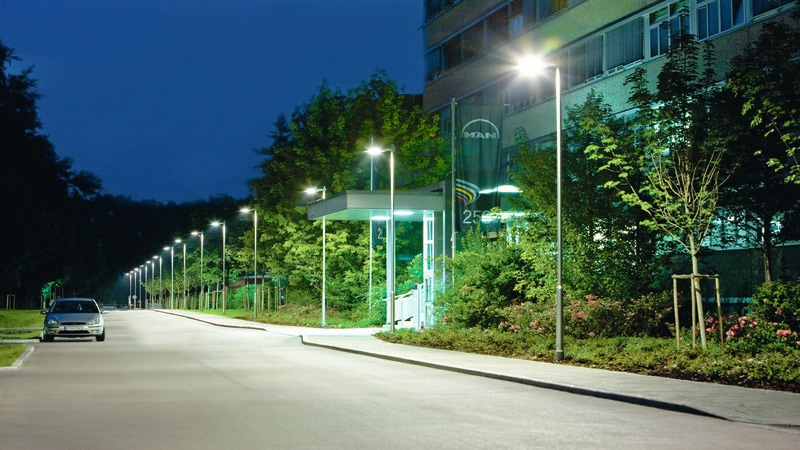In this article, we'll explore what an Environmental Product Declaration (EPD) is, why it matters, and how EPDs can help businesses to align with sustainability goals and stakeholder expectations
As the UK, like all global communities, grapples with the pressing challenges of environmental degradation and resource depletion, there is a growing imperative on manufacturers, government, and consumers to understand and minimise the environmental impacts associated with the products they produce, regulate, and consume. This pursuit of environmental sustainability has sparked a heightened demand for reliable and transparent information that can guide informed decision-making towards more environmentally conscious choices.
For stakeholders and customers of the UK lighting industry, the situation is no different. Manufacturers, designers, installers, specifiers - they are all looking for that holy grail of a single, understandable, and reliable method to guide their decisions.
However, quantifying and comparing the multifaceted environmental footprints of products across various impact categories, poses a formidable challenge. The intricate web of supply chains, manufacturing processes, and disposal or re-use methods that underpin the lifecycle of a product makes it exceedingly difficult to accurately assess and compare the environmental implications of different products and their alternatives. The need for assessing environmental impacts has indeed led to a proliferation of green labels, circularity scores, and sustainability rating methods aimed at simplifying the comparison of products. However, reducing the complex matter of evaluating various environmental impacts to a one-dimensional, simplified rating system or a single logo is problematic and can be misleading.







